What is a miniature environment?
The miniature environment is one of the most powerful and versatile tools of the Montessori language program. A miniature environment can literally be any themed set of materials. The most common children’s house environment is the farm, in fact I’ve met people who know Montessori who never knew there was more to it than that. There is usually a defined playing area (table, floor rug/mat), lots of accessories, and labels (a combination of blank and prewritten).
With non readers, this activity is used to build an extensive vocabulary. For early readers and writers, this is an opportunity for basic encoding (writing) and decoding (reading) practice. For older students, the miniature environment provides more advanced writing practice and again builds a sophisticated technical vocabulary about a topic. Writing practice can be factual or fictional as the child develops their imagination in the early elementary years.
Why do I consider this worthy of including in my Core Montessori Series?
One of the criteria that I consider when I am considering what to include in this series are relevance across developmental period and/or subject area and what would a classroom be missing without this material. In the case of the miniature environment, the language curriculum would cease to be fully functional without the miniature environment being included in some way, shape, or form. There are other hands on materials for language, lots of them in fact, but they don’t mean as much without the meaningful application of the skills learned. The environments provide for that. As you continue reading, you will see how the miniature environments can be built slowly, peak during the elementary years, and then taper back as the child grows.
How can you use the concepts of the miniature environment in your homeschool?
Remember that the key to the miniature environment being “just” play (I hate to write that, because there isn’t anything wrong with just play), is that there is an added intentional language component. Officially the range for the miniature environment would be from late children’s house through early elementary. I think that it is possible to extend that quite a bit on each side.
Infants/Toddlers: Themed exploration baskets are a great way to build vocabulary in a structured fashion and could be considered as a precursor to the miniature environment, although I’ve never seen anything indicating Maria Montessori intended for that to be true. For example, right now all of Tomas’ (9mo) trucks and cars are in one basket in our living room. Earlier his basket was all shapes, sizes, and textures of balls. Since language is still developing at this point the emphasis here is on my descriptions of what he is doing and what he is playing with. (Within reason- I mean he’s 9 months old!) Mostly I just tell him about whatever he is looking at or doing. That’s a spiky ball. Thats a bouncy ball. That’s a wooden ball. Stuff like that. Not fancy, just building language through experience.
Preschool: Continuing on into the Children’s House years, I use activities such as our Godly Play materials and bible story telling box to build vocabulary and encourage oral language/story telling and retelling. While also not specifically miniature environments, I make the same argument as I made with infants and toddlers that there is a connection to spoken language that is equivalent to later work with the actual environments. Towards the kindergarten years, your child may be ready to start labeling items that are a part of their environment. This is usually when I bring out our “farm”. Our farm is actually a wooden barn with tons of animals and some blocks for fences. When we study specific biomes, I put away the barn and swap the animals for appropriate species, adding desert or water underlay (pieces of felt). I’ll be honest our environments leave more room for creativity than Montessori probably intended, but it works for us.
Elementary: Between the ages of 5-7, each of my children received a set of nice Schleich brand playthings from their grandparents. Aidan had cowboys and Indians, Caleb a medieval castle, and Kylee fairies. If your child has something like this, consider it the perfect starting point for a miniature environment. Toobs and Melissa and Doug also offer sets that can be used to quickly collect items for a thematic set.
Once you assemble your set, a simple activity is to introduce the concepts of nouns and verbs by “playing” with the set with your child. Using small slips of paper, challenge your child to see how many things you can label. Guess what? Everything you labeled is a special kind of word called a noun! You can give a little more detail on what a noun is (person, place, thing, idea) but don’t go overboard and ruin the moment. You can see the look of joy on Logan’s face above when he realized that he could read the word “bee”! He was eager to then write his own label for grass. Next you can talk about what each of those things can do. Guess what? You just made a list of another special kind of word- verbs!
During the elementary years, we also use Waseca Biome Mats extensively. We explore the world, with the sentence building boxes that match the mats. This ends up leading to language exercises that are tied directly into our science and geography study, helping us go deep into a subject in less time. We have also used environments based on periods in history (this is where castles and cowboys came into play).
Secondary: I have continued using the Montessori grammar sets with Aidan (13) into the Middle School years, primarily as grammar review and in a limited capacity with our biome study. One thing I have noticed, however, is that he is in a more concrete stage of development and prefers to use just the word cards from our environments. The pictures do not add much for him. I’ve also noticed that some of his neat organized workspaces have disappeared as he mentally spreads out much further than he used to. He still enjoys getting down on the floor, however, and I think it has been valuable to include these activities in small ways.
Additional Miniature Environment Resources
Be sure to check out my Pinterest board with many other examples of the miniature environment. My Life of Jesus and Life of Mary cards are both able to be used alone or in conjunction with a miniature environment in language study. You can read previous Core Montessori posts, here. For more information on implementing Montessori techniques into your homeschool across a broad range of ages, subscribe to our newsletter!
#mc_embed_signup{background:#fff; clear:left; font:14px Helvetica,Arial,sans-serif; }
/* Add your own MailChimp form style overrides in your site stylesheet or in this style block.
We recommend moving this block and the preceding CSS link to the HEAD of your HTML file. */
Subscribe to our mailing list
- html
- text
SaveSave

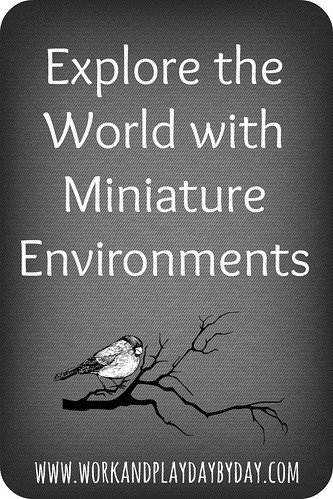
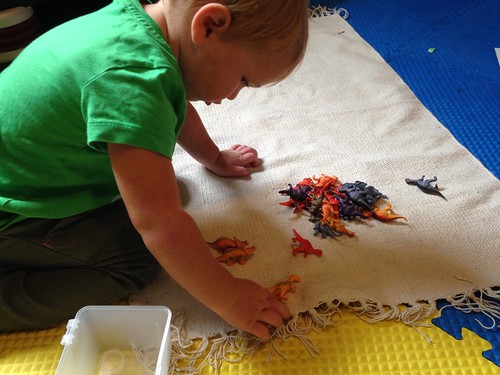
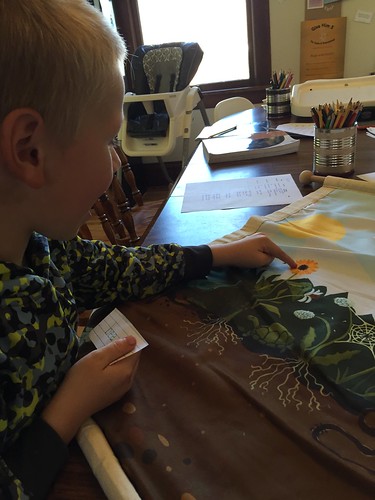
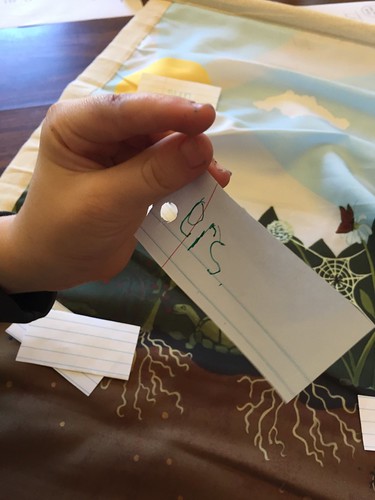
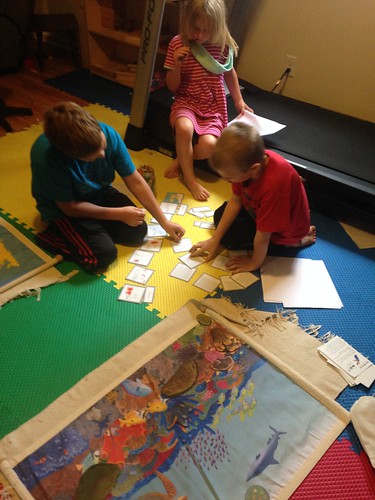
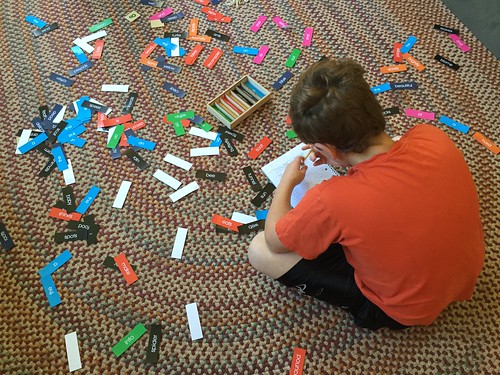












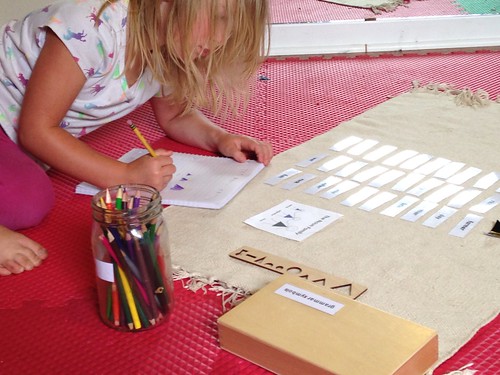
Recent Comments